How to choose kitchen cabinet colors – tricks from the experts for picking the right shade
Discover how to choose a kitchen cabinet color with confidence with these expert-recommended ideas
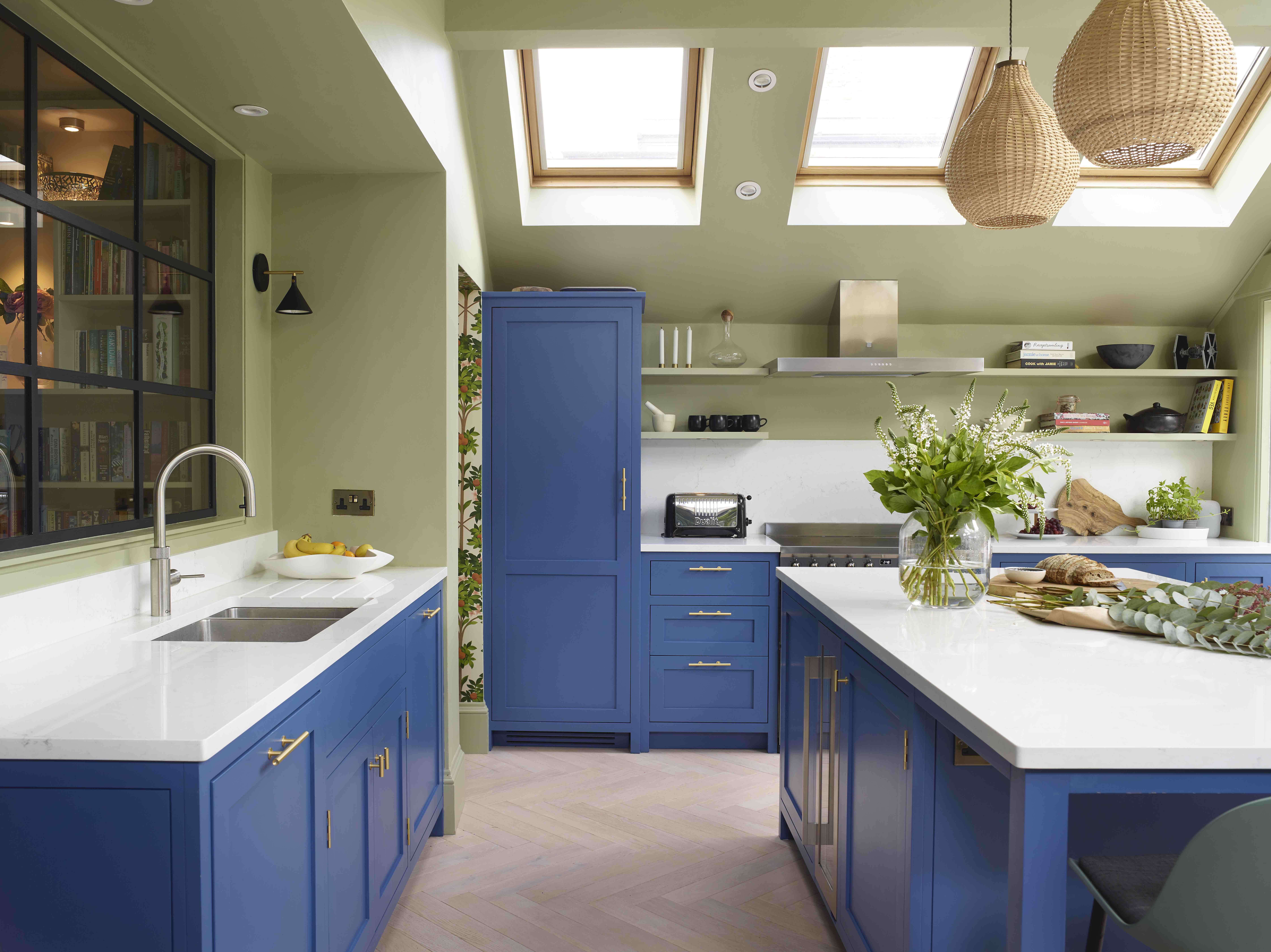

Choosing kitchen cabinet colors can be quite a task – after all, your units make up a major part of the room's overall look, so your color choices carry a lot of weight. Plus, it's not something we're quite as used to doing compared to, say, choosing a color for our walls. The wrong decision can be disastrous when it comes to kitchen units, especially when you've just paid to have a new, freshly painted kitchen installed.
But how do you choose the right kitchen color ideas for your units with confidence? We tapped a few of our favorite interior designers for their tips and tricks to selecting the right color for not only the characteristics of your space, but also the style of interior decor you're trying to create.
How to choose kitchen cabinet colors
'Color sets the tone of a space; it tells a story and provides an environment to feel at home in.'
Tom Howley, bespoke kitchen maker
1. Consider light and orientation for selecting colors
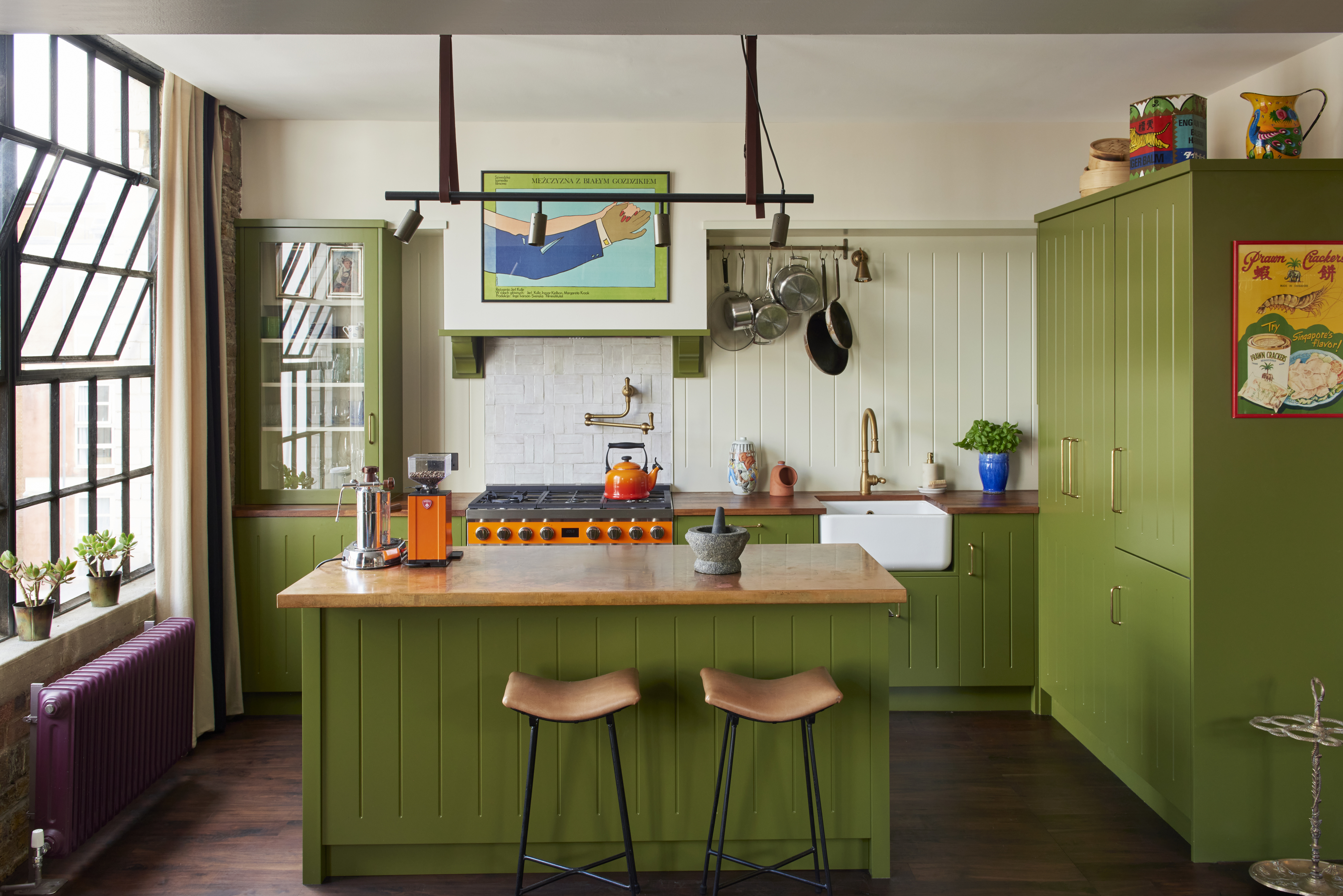
While you may be tempted to simply choose a color you love for your kitchen cabinets straight out of the showroom, you have to remember that those colors will likely look much different in your own space. Much of your color selection depends on how much light the room gets, its orientation and more.
There are some colors to avoid in north-facing rooms or run the risk of your space feeling cold and stark.
'It’s important to consider the orientation of a kitchen when considering cabinet colors; if it faces north, cool blues can add to the chilly feeling,' says Saskia Howard, creative director at Howark Design. 'Warmer tones such as yellow are preferable to brighten up spaces with a northerly aspect.'
Smaller, dimly lit kitchens do better with muted or cooler kitchen cabinet color ideas as these reflect light and make the space feel airier. Plus, a full-gloss paint finish can punch up the room's vibe, create depth and with its watery effect, give more moodiness to the space.
'As with any room, you need to consider the amount and type of natural light that a space gets (or doesn’t get) as that has a transformational impact on color,' says Andrew Griffiths, founder of A New Day Design Studio. 'Understanding that will help give you decide on which hues will work best, whether warm-toned or cooler.'
2. Consider different colors for upper and lower cabinets
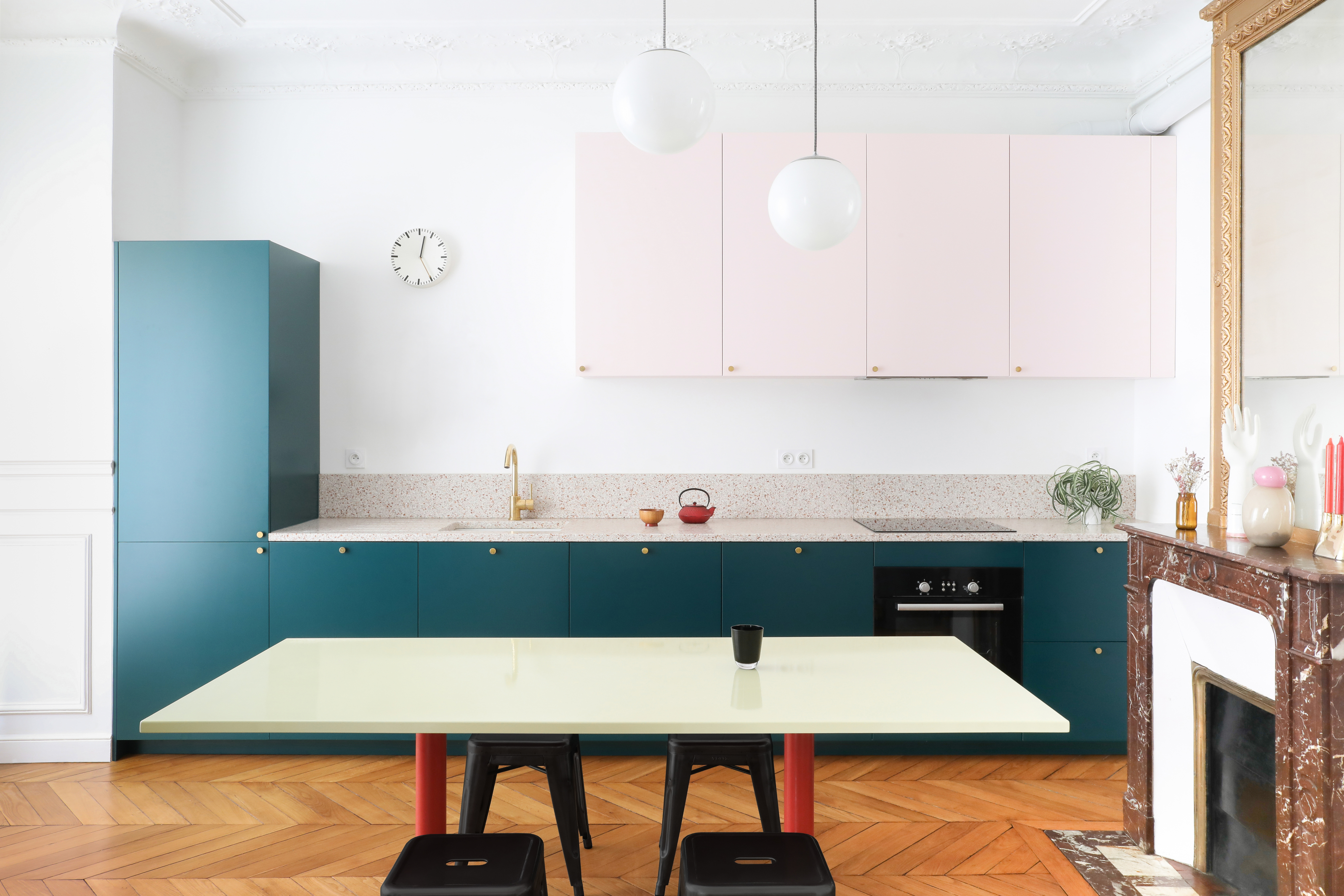
Kitchen cabinets make up much of the visual bulk in a kitchen, so being clever with your painted kitchen cabinet ideas can work in your favor.
'We have been exploring a lot of two-tone kitchens recently, which helps to break up the geometry of the space, and highlight and define certain areas,' says interior designer Cat Dal, founder of CAT Dal Interiors.
Using lighter cabinets mounted on the walls in a small kitchen layout can help them visually recede, making sure the room doesn't feel top heavy, while there's a good reason to consider dark units for the base of the room.
'Lighter colors on base level kitchen cabinets may not be a practical choice if you have dogs or small children as they may get dirty or scratched,' says Saskia from Howark Design. 'Consider a darker color on low-level cabinets and contrast with a lighter color on the wall cabinets.'
3. Think about combinations, tone and texture
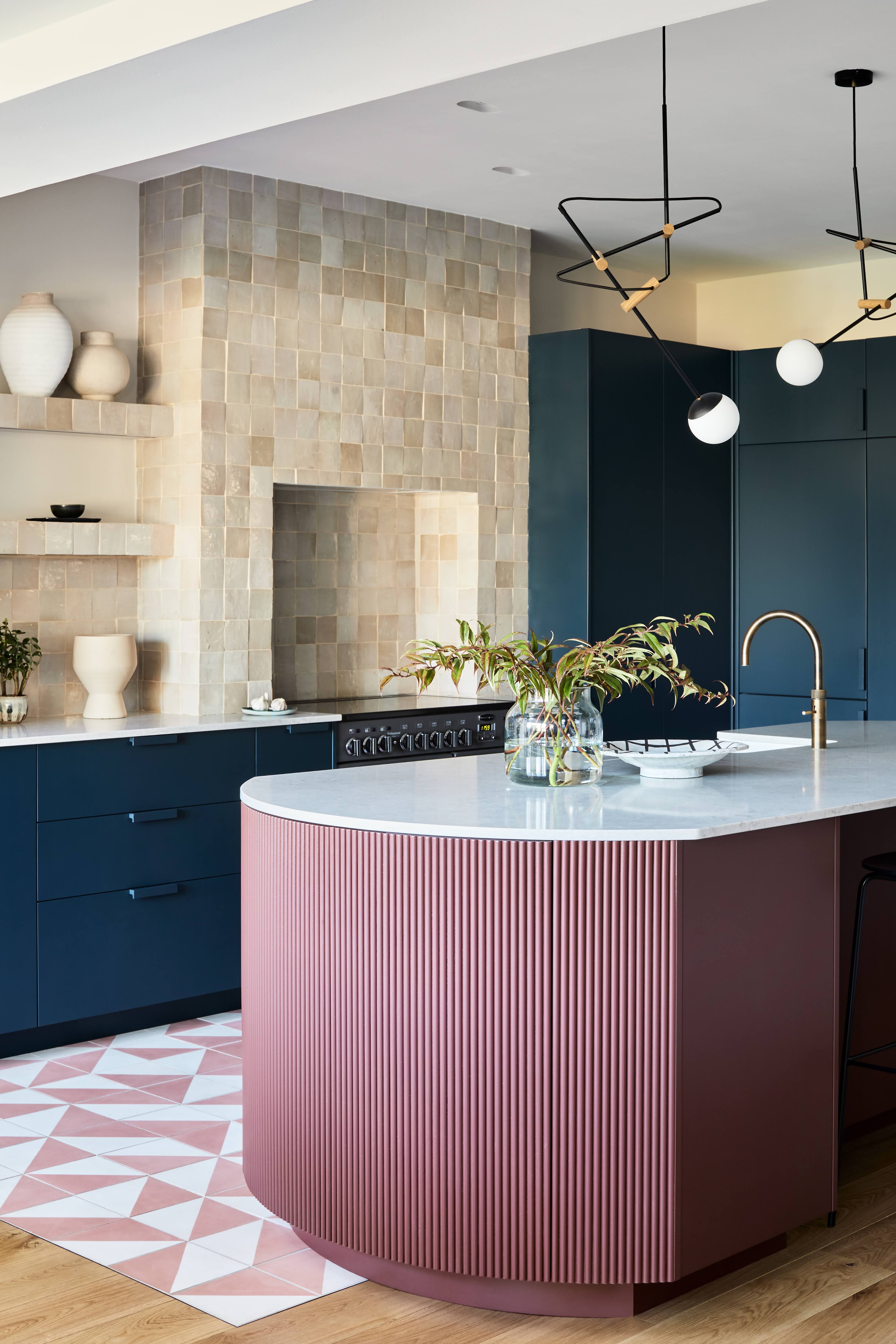
Cooking is all about mixing ingredients to create something that's greater than the sum of its parts, and when it comes to designing a modern kitchen, the same can be true if you get the right concoction.
'The most winning kitchen color combinations are the ones that bring you joy or a smile to the face,' says interior designer Andrew Griffiths. 'Kitchens are generally something we don’t change very often, so it’s incredibly important to go with colors that you love rather than the colors you think are a safe bet.'
'When it comes to kitchen color combinations, we like to make more of a statement with the island, as its often centered in the middle of the room, and acts as the heart of the home,' says interior designer Cat Dal. 'So we have in the past added wooden slats, and then brought the island 'off the floor' by designing almost more of a furniture piece than a heavy solid unit.'
'We have also painted the island in a darker richer color, which looks very smart, to contrast a more neutral kitchen,' Cat adds.
4. Paints vs stains
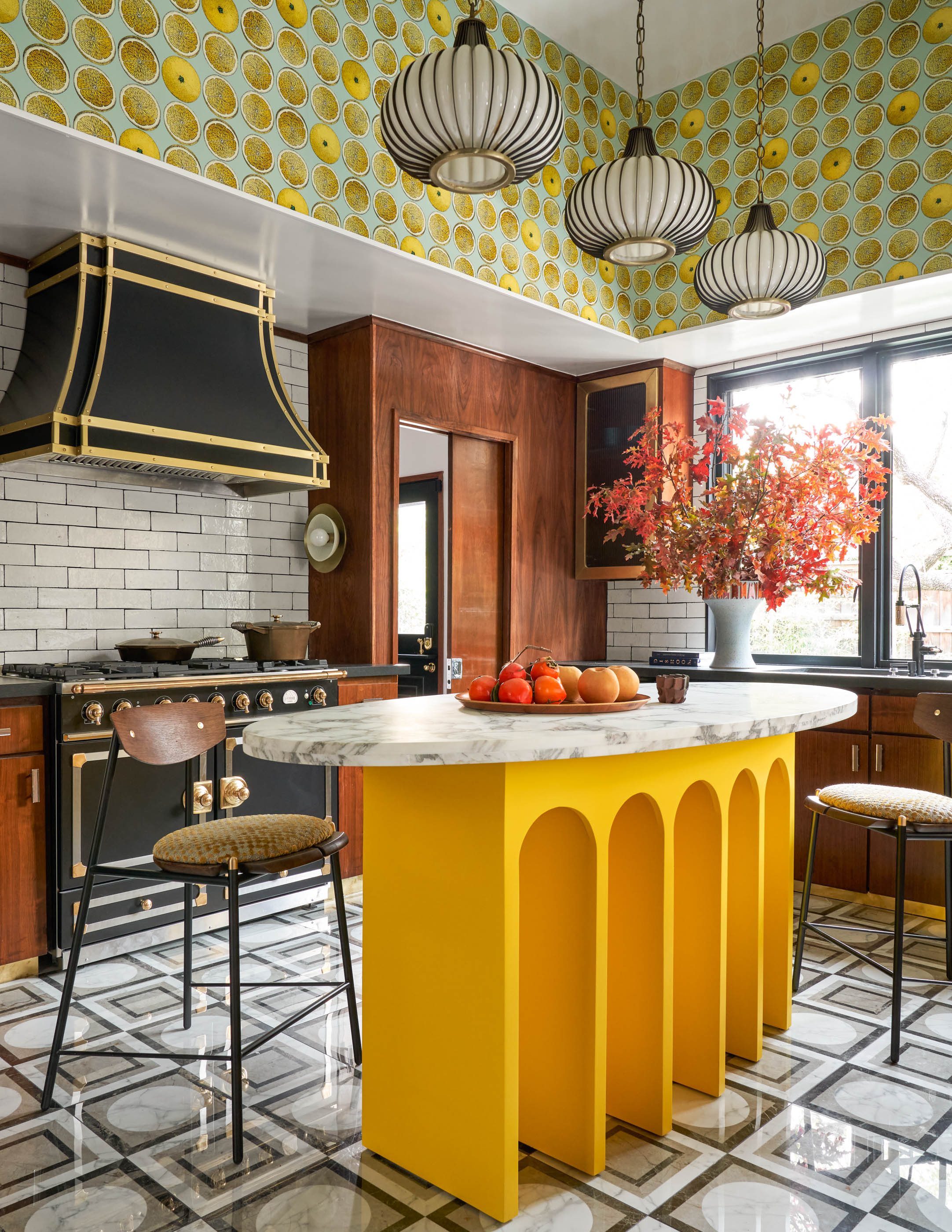
Wooden kitchen cabinets are a huge trend so something to consider when planning your kitchen. The color of wood will depend on the variety chosen, but this can be altered through the use of stains, which will have a significant bearing on how the cabinets will look, but also how you maintain your kitchen.
'Paint is largely the more popular option for kitchen cabinets,' says Ashok Basoya, founder of Ottimo. 'The sheer range, versatility, and ease of maintenance of painted cabinets make them a popular choice. From a designer’s perspective also, lacquer wins since it allows designers to play with color, look and feel. The right paint choices can help the kitchen look smaller, larger, cozier, cooler, gourmet, or homely.'
'While paint does not respond well to touch-ups in case of scratches, it can be easily painted over with the same or a different color thus creating an all-new look,' says Ashok. 'Moreover, since most painted cabinets use MDF as the base material, they are also budget-friendly.'
'Stains are an interesting option for large kitchens,' says Ashok. 'The large size allows breathing room for the stained cabinets which give the kitchen a warm, cozy feel. An interesting variation is to combine stained and lacquered or metallic cabinets at different levels. This breaks the monotony of purely stained cabinets and creates a modern, interesting kitchen. It also prevents the stained cabinets from becoming overpowering.'
'Cabinets in the natural, unstained finish are being preferred over painted surfaces as the latter has a higher tendency to scuff over time with the frequent exposure to wear and tear,' says Melissa Lee, founder & principal at Bespoke Only.
What finish is best for kitchen cabinets?
Depending on where you're buying your kitchen from, your choice in finish might be limited. However, if you're buying a bespoke kitchen or repainting, you can make sure decisions alongside color that will affect your space.
Choosing the right paint finishes for kitchen cabinets is important because it affects how durable your cabinets will be in the long run. These units are subject to constant touching, pulling, and slamming, with utensils routinely sliding in and out. This can lead to scratching and chips, but you can lessen this by choosing the best kitchen cabinet paint.
In general, the more matte a paint is, the less hardwearing it will be. A full-gloss paint finish can not only give a room a luxe look, but it will be more resistant to scuffs (though it can show fingerprints on doors more dramatically). However, in modern interior design, matte finishes tend to be the more popular, but satin and eggshell paints strike the balance between endurance and good looks.
Be The First To Know
The Livingetc newsletters are your inside source for what’s shaping interiors now - and what’s next. Discover trend forecasts, smart style ideas, and curated shopping inspiration that brings design to life. Subscribe today and stay ahead of the curve.

Aditi Sharma Maheshwari started her career at The Address (The Times of India), a tabloid on interiors and art. She wrote profiles of Indian artists, designers, and architects, and covered inspiring houses and commercial properties. After four years, she moved to ELLE DECOR as a senior features writer, where she contributed to the magazine and website, and also worked alongside the events team on India Design ID — the brand’s 10-day, annual design show. She wrote across topics: from designer interviews, and house tours, to new product launches, shopping pages, and reviews. After three years, she was hired as the senior editor at Houzz. The website content focused on practical advice on decorating the home and making design feel more approachable. She created fresh series on budget buys, design hacks, and DIYs, all backed with expert advice. Equipped with sizable knowledge of the industry and with a good network, she moved to Architectural Digest (Conde Nast) as the digital editor. The publication's focus was on high-end design, and her content highlighted A-listers, starchitects, and high-concept products, all customized for an audience that loves and invests in luxury. After a two-year stint, she moved to the UK and was hired at Livingetc as a design editor. She now freelances for a variety of interiors publications.
-
 Straight from Salone: Five Emerging Trends I Found That'll Shape Interiors For the Year Ahead
Straight from Salone: Five Emerging Trends I Found That'll Shape Interiors For the Year AheadFrom reflective silver to fluidity, here's my perspective on the key themes and new moods coming through from Milan Design Week
By Sarah Spiteri Published
-
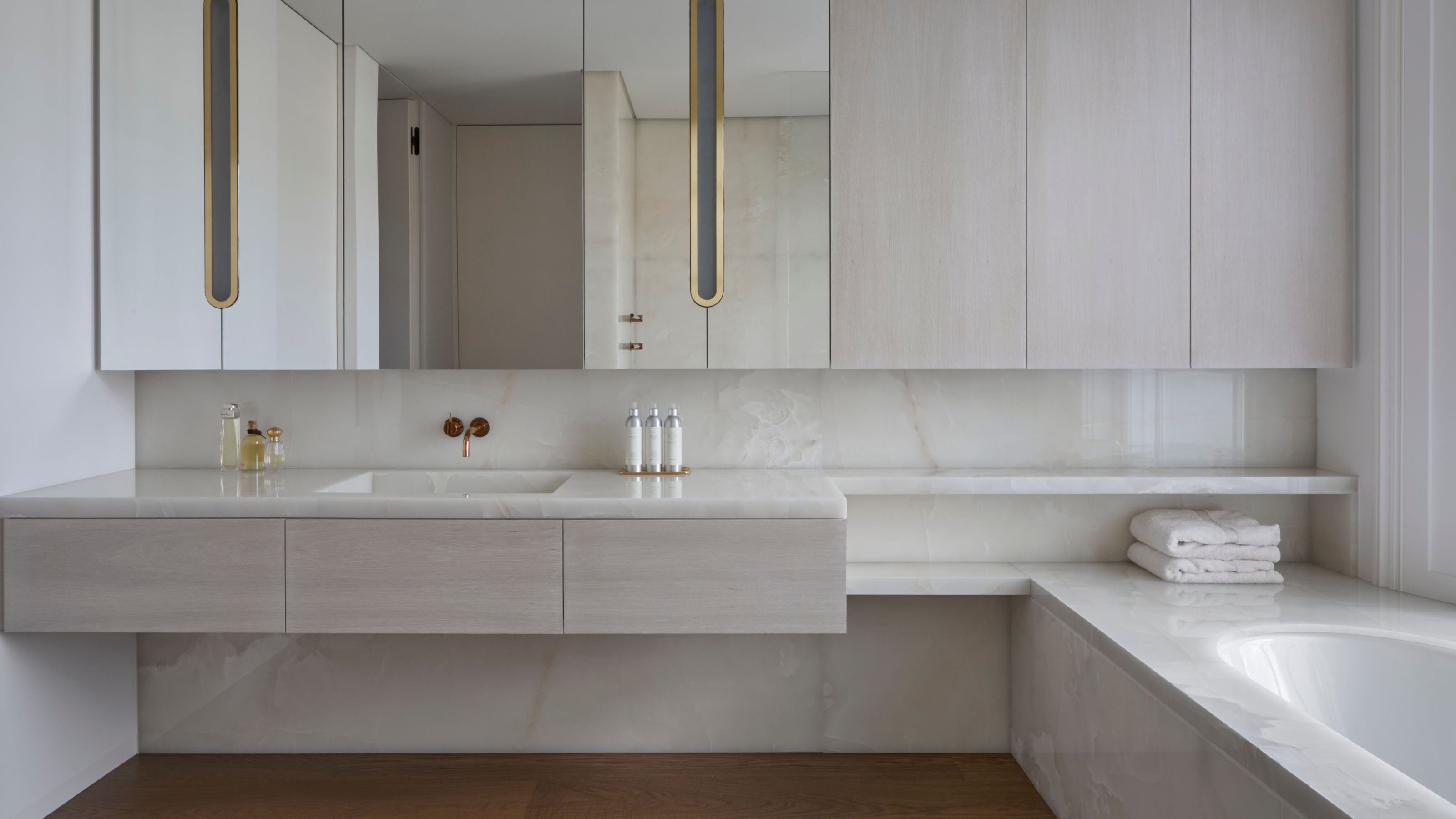 9 Bathroom Storage Mistakes You're Probably Making That Make Using This Space Much Harder — And What to Do Instead
9 Bathroom Storage Mistakes You're Probably Making That Make Using This Space Much Harder — And What to Do InsteadDiscover which mistakes are to blame for your overcrowded and cluttered bathroom
By Seraphina Kyprios Published
-
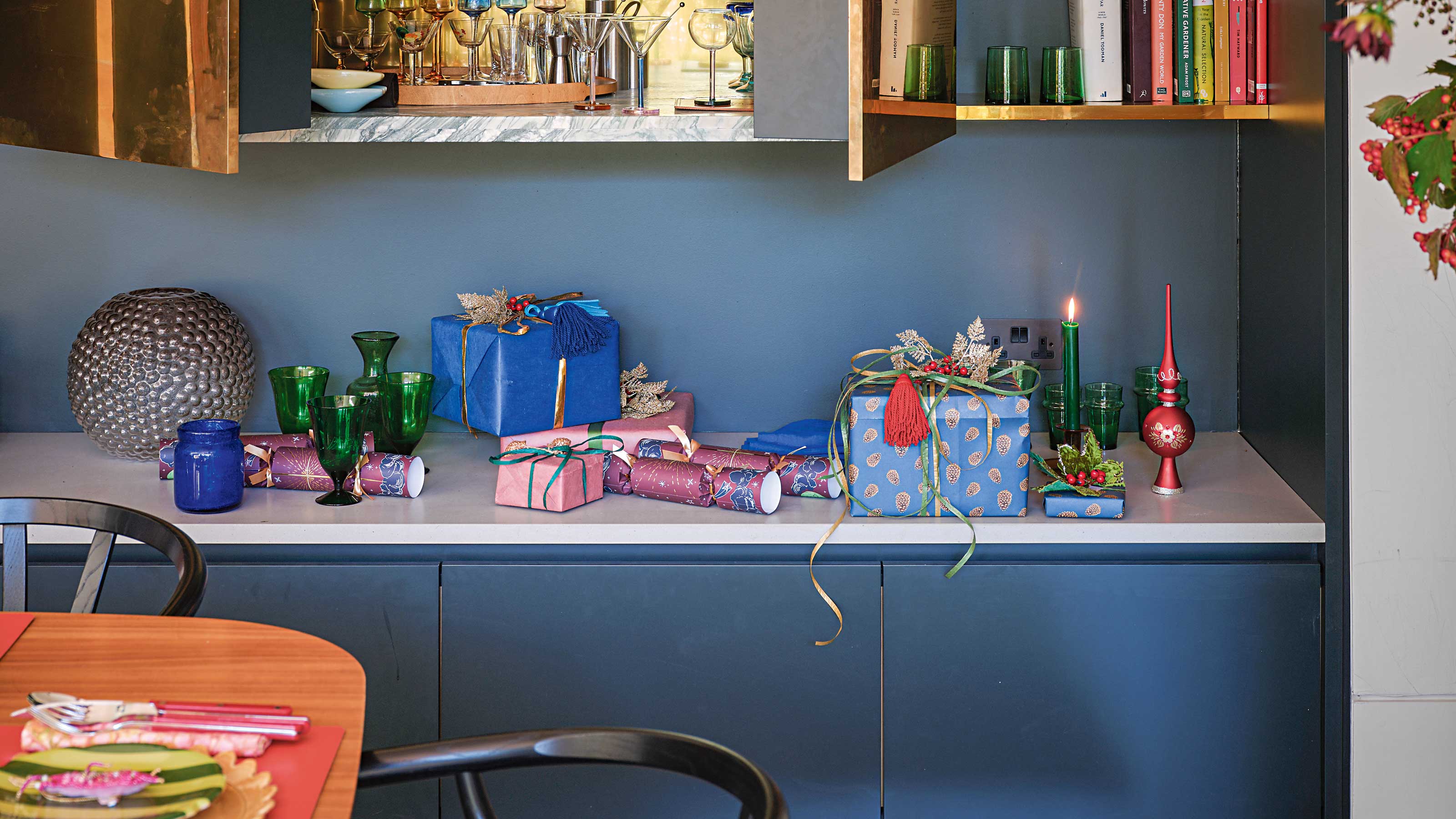 How to declutter as-you-go on Christmas Day to stop your home spiralling into chaos
How to declutter as-you-go on Christmas Day to stop your home spiralling into chaosChristmas can be one of the messiest days for your home, but it doesn't have to be. Follow these simple steps to restore peace to your home this Christmas
By Alex Berry Published
-
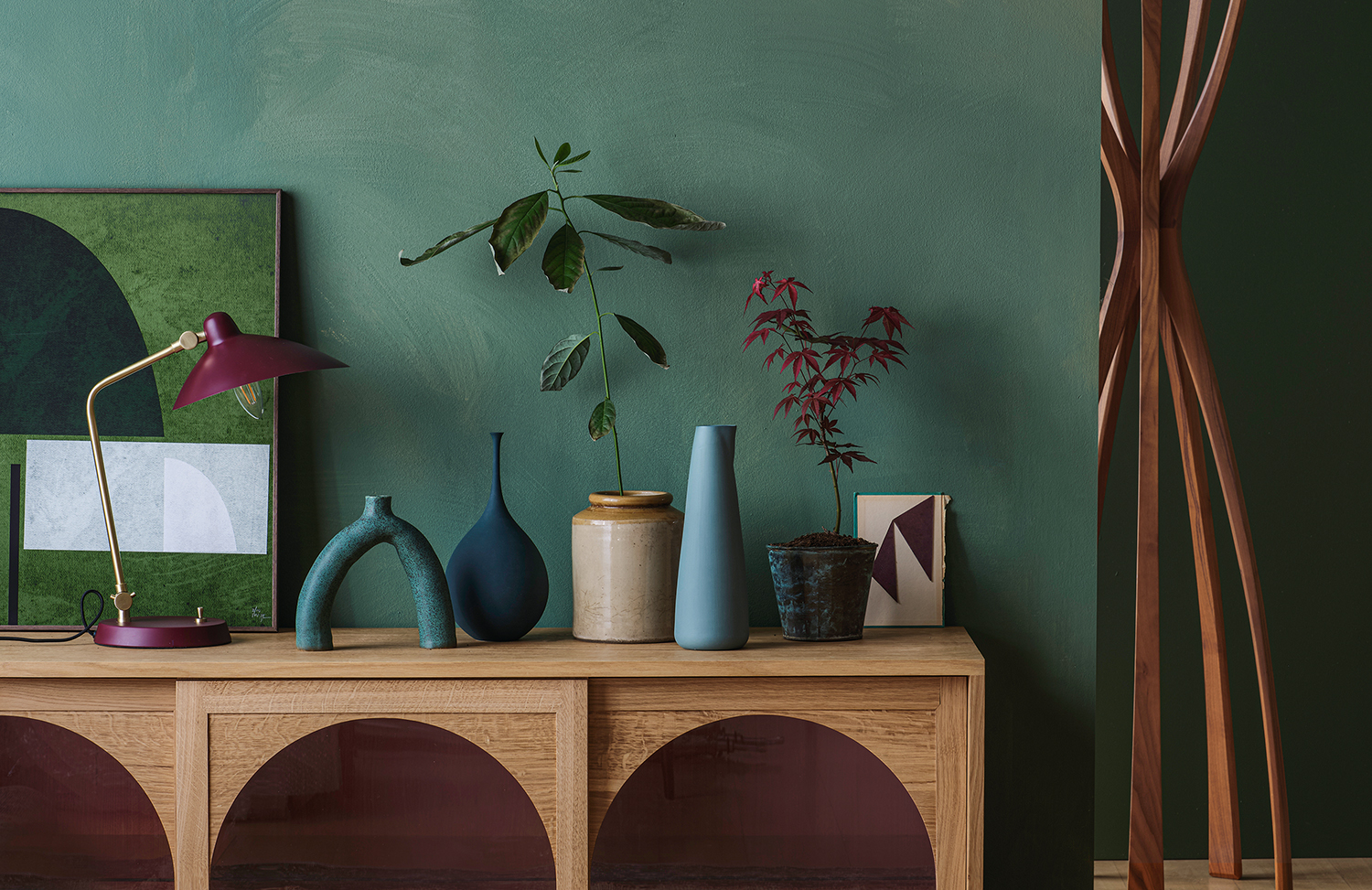 What colors make a room feel bigger and brighter? Designers share their tips for space-enhancing schemes
What colors make a room feel bigger and brighter? Designers share their tips for space-enhancing schemesThese are the colors to choose for small and dark spaces – plus tips on how to use them for the best effect
By Ellen Finch Published
-
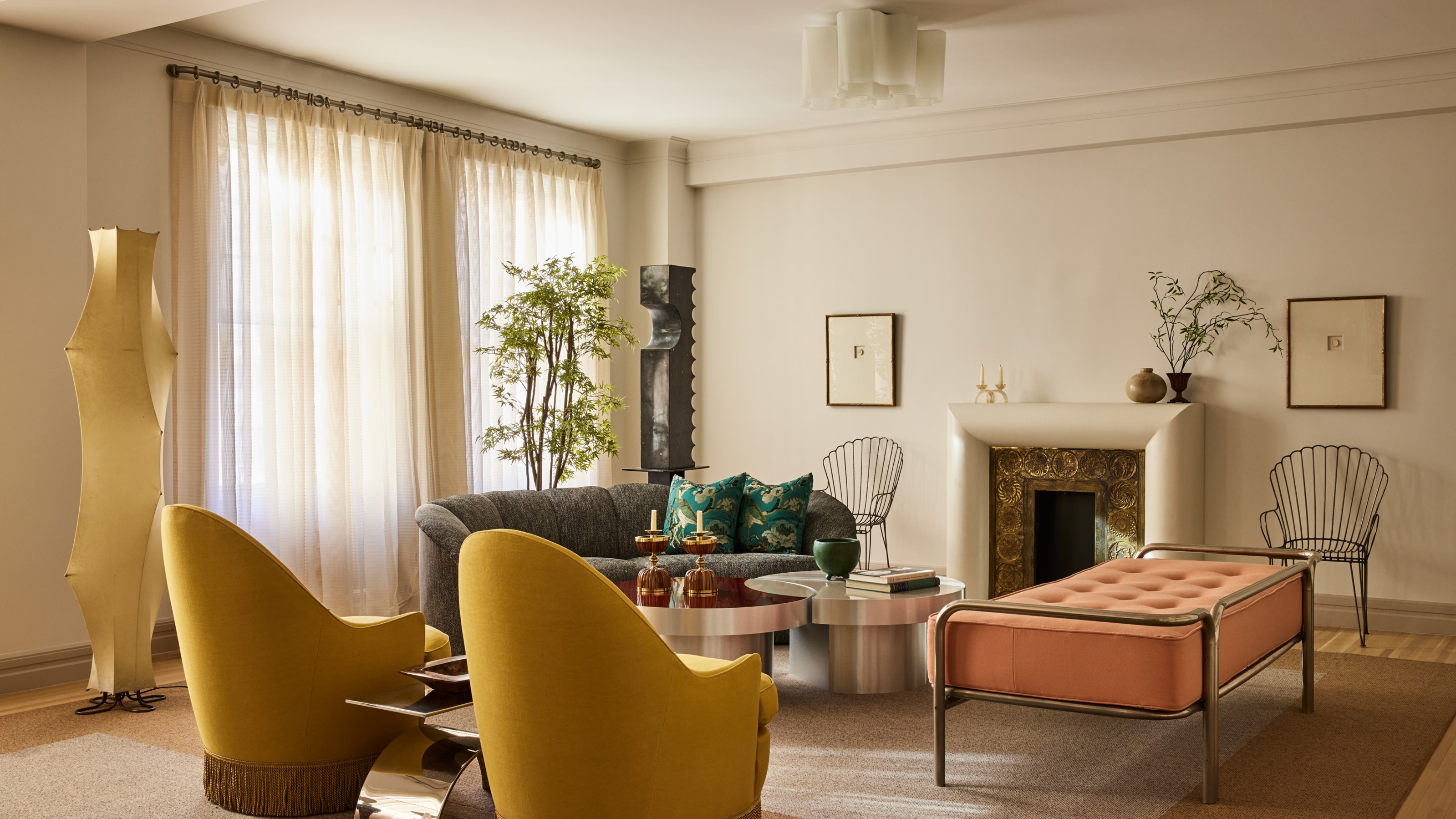 How do I make my living room look expensive? Ideas for achieving a luxe scheme without spending a fortune
How do I make my living room look expensive? Ideas for achieving a luxe scheme without spending a fortuneIf you want your living room to look expensive, these are the key elements that can transform your space, plus how to achieve them even if you're on a budget
By Oonagh Turner Last updated
-
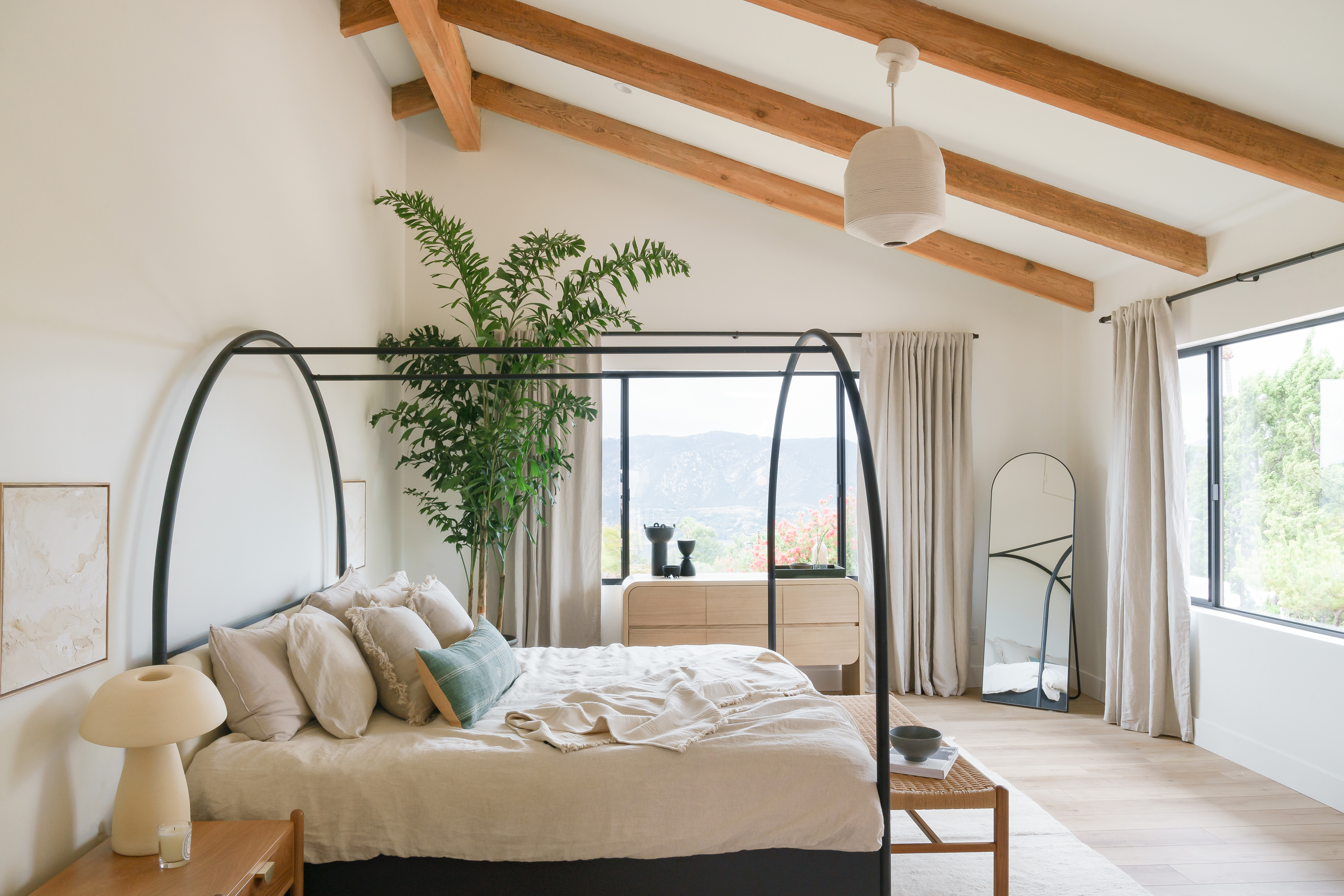 Best indoor trees – designer-approved picks to bring this trend into your home
Best indoor trees – designer-approved picks to bring this trend into your homeThese are the best indoor trees, according to designers, to bring the outdoors in and elevate your interiors
By Oonagh Turner Published